
The painting shows a full-length large woman in a rich robe. The interior gives the opportunity to present a device of a rich cell for a noble person: an icon on the walls, a tablecloth on the table. Sitting behind the princess girl in monastic clothes shyly looks at her frowningly.
Sophia herself – the embodiment of independence and rage. The arms folded on the chest, the proud posture, the loose hair make it possible to compare her image with an unshakable ascetic in her faith. The features of her face are stern, her eyes are fixed on the viewer, in a restrained mimic there is a sense of suffering from insult and mental turmoil, in the posture – the ignorance of royal dignity.
Through the bars on the window, you can see the silhouette of a hanging archer – a mute reproach to the princess, because of which people are dying.
Russian composer, a contemporary of Repin, M. Mussorgsky gave a destructive assessment of the painting “Tsarevna Sophia”. Working on his opera “Khovanshchina”, he deeply penetrated the atmosphere of the XVII century, so that he could make his own judgment about the picture.
He wrote: “My dream called me to a small, thick-haired woman who had experienced life more than once… and I saw… a woman, an evil, but not embittered, a huge woman, but not small, all blurred to the extent that the magnitude… the viewer had little space. “
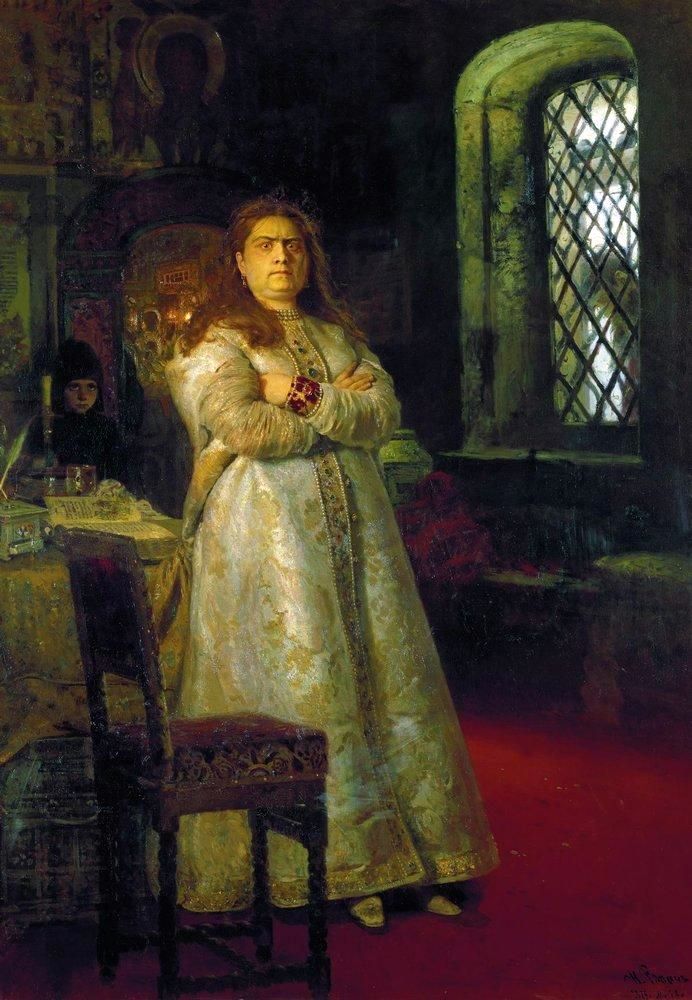 Tsarevna Sofya – Ilya Repin
Tsarevna Sofya – Ilya Repin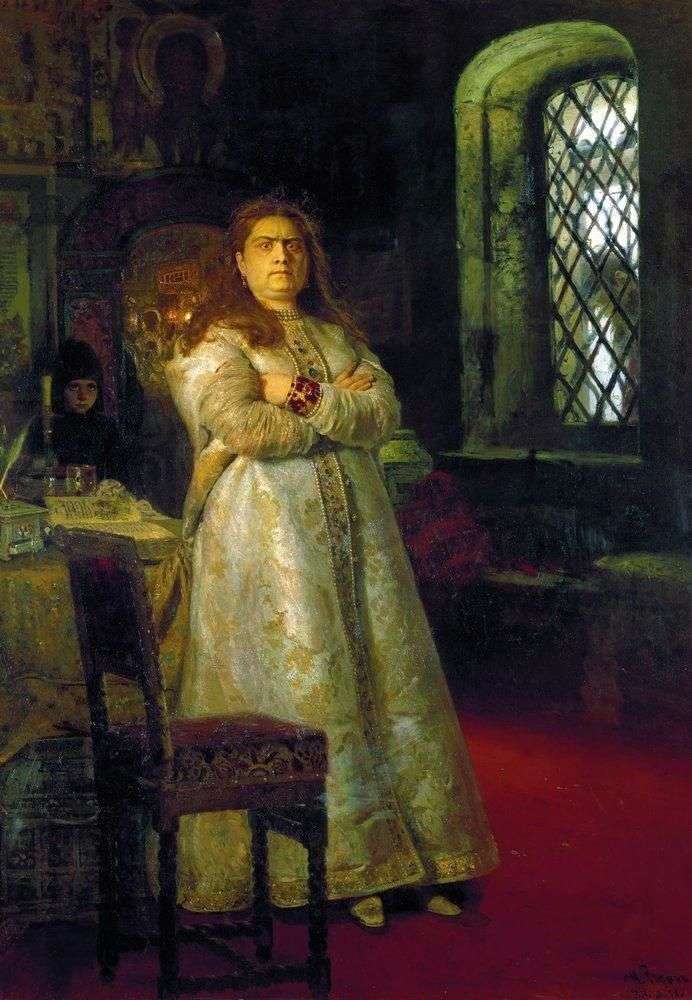 Tsarevna Sofya – Ilya Repin
Tsarevna Sofya – Ilya Repin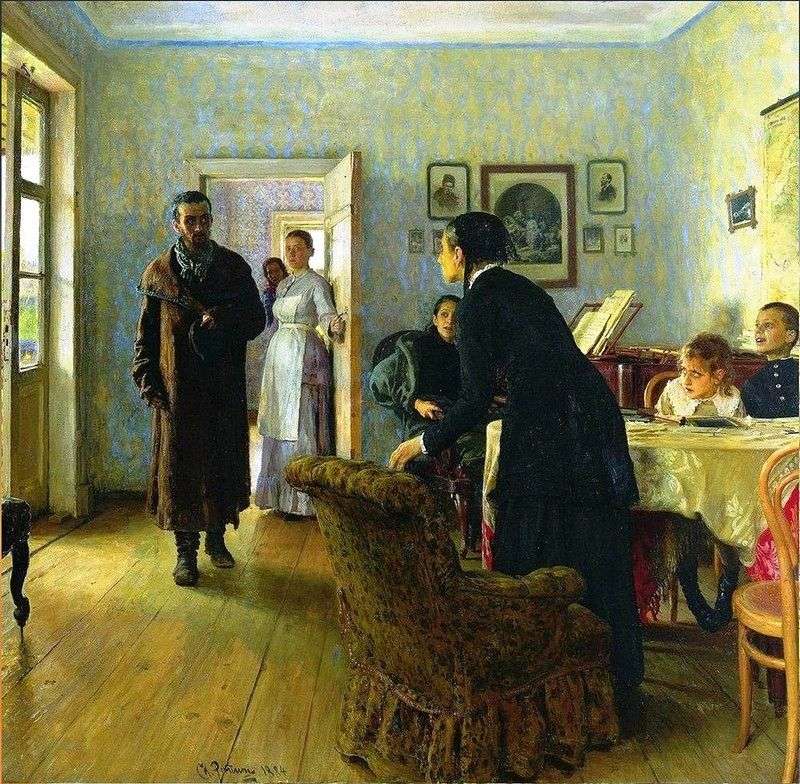 Did not wait by Ilya Repin
Did not wait by Ilya Repin The timid little man by Ilya Repin
The timid little man by Ilya Repin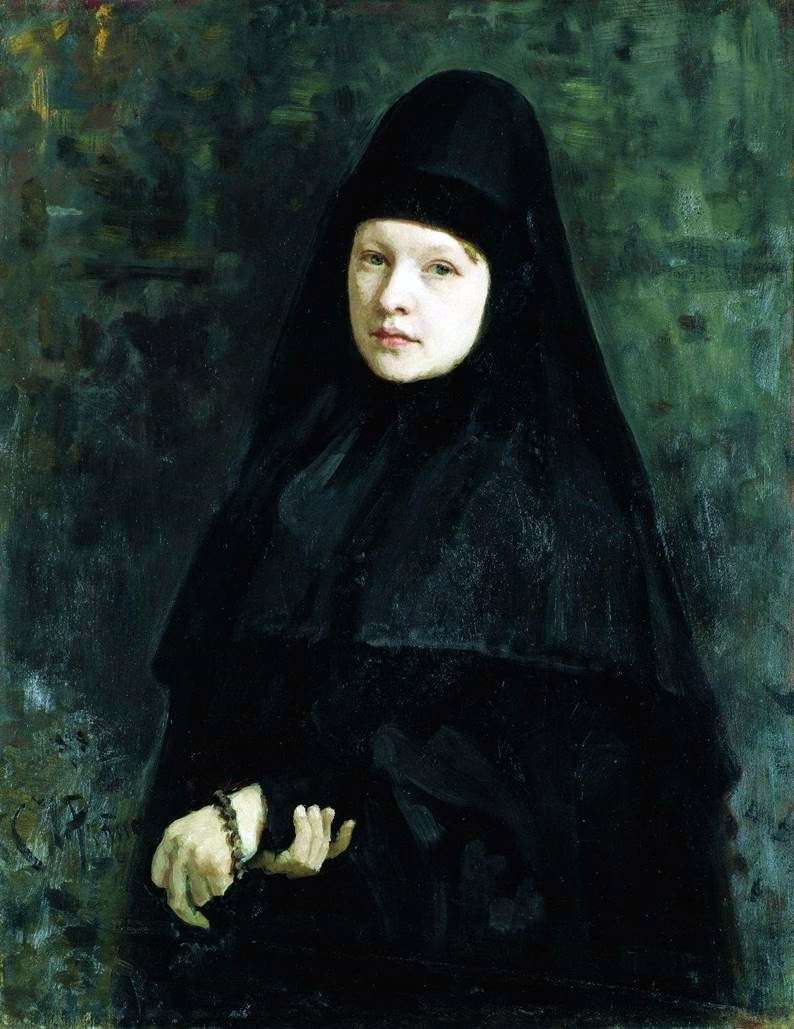 Nun by Ilya Repin
Nun by Ilya Repin Sadko by Ilya Repin
Sadko by Ilya Repin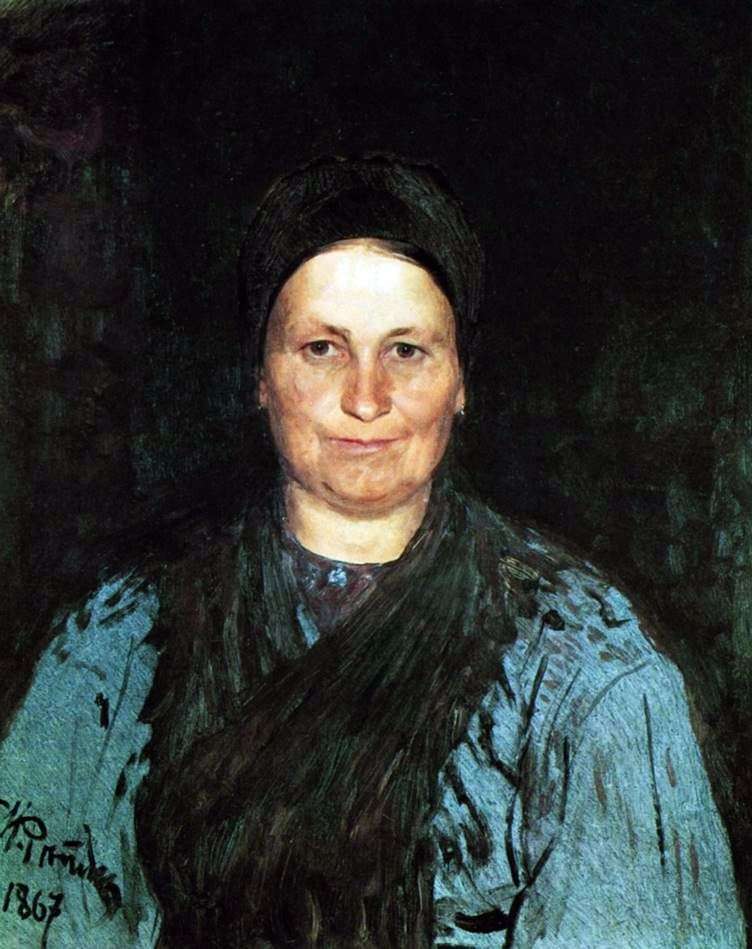 Mother’s Portrait by Ilya Repin
Mother’s Portrait by Ilya Repin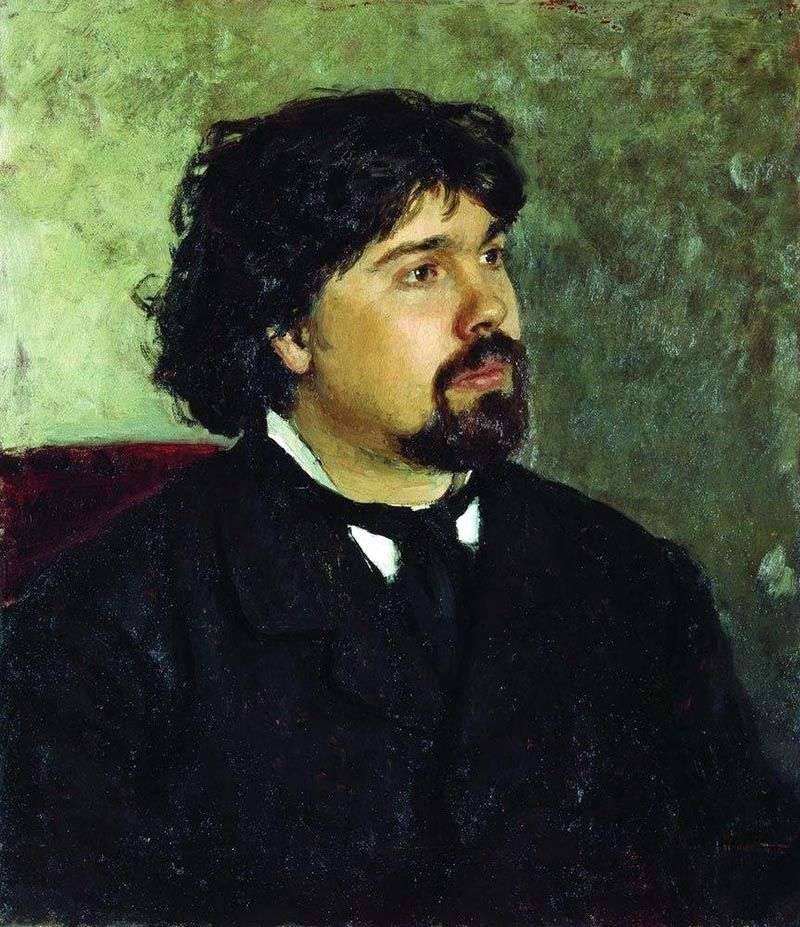 Portrait of V. S. Surikov by Ilya Repin
Portrait of V. S. Surikov by Ilya Repin